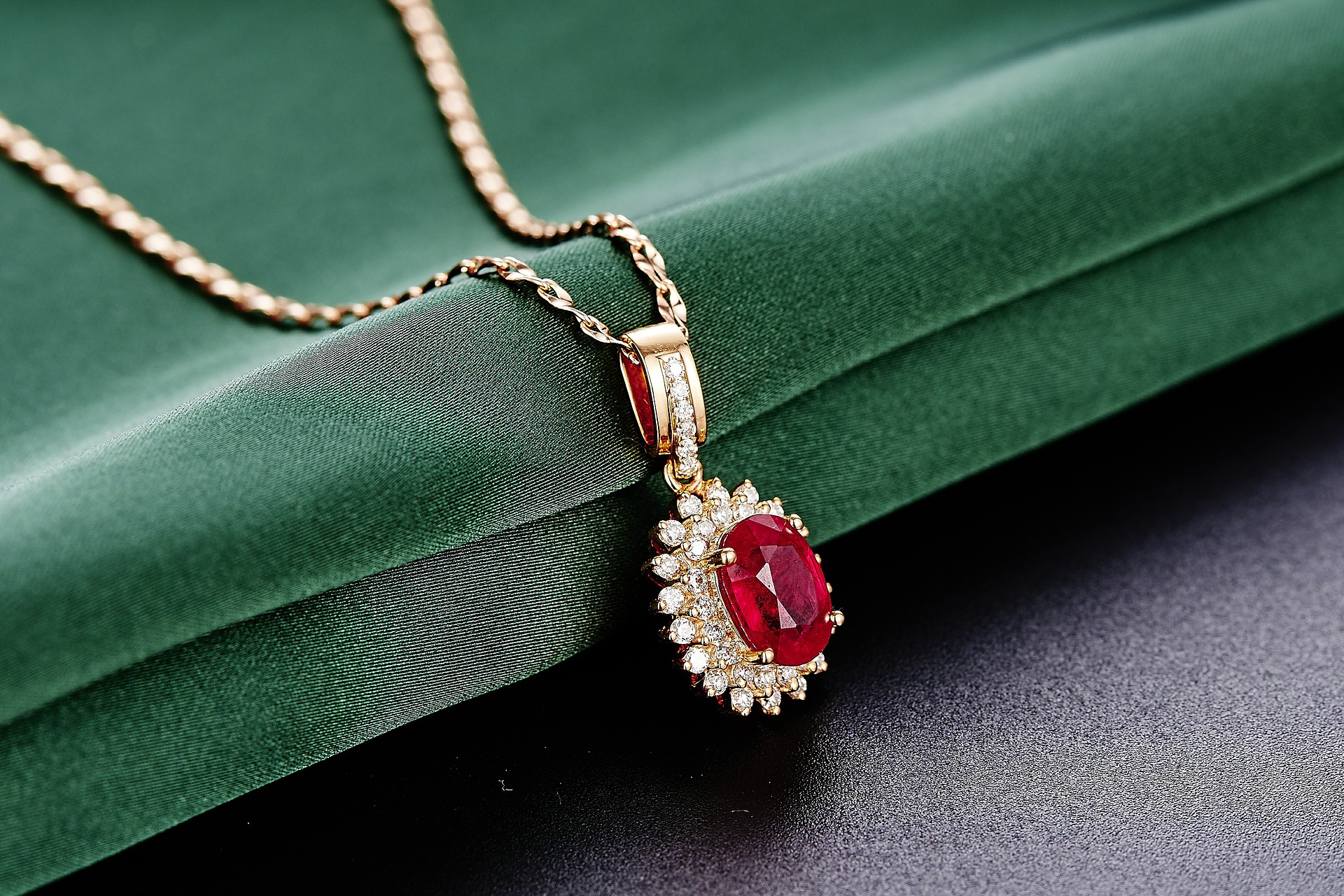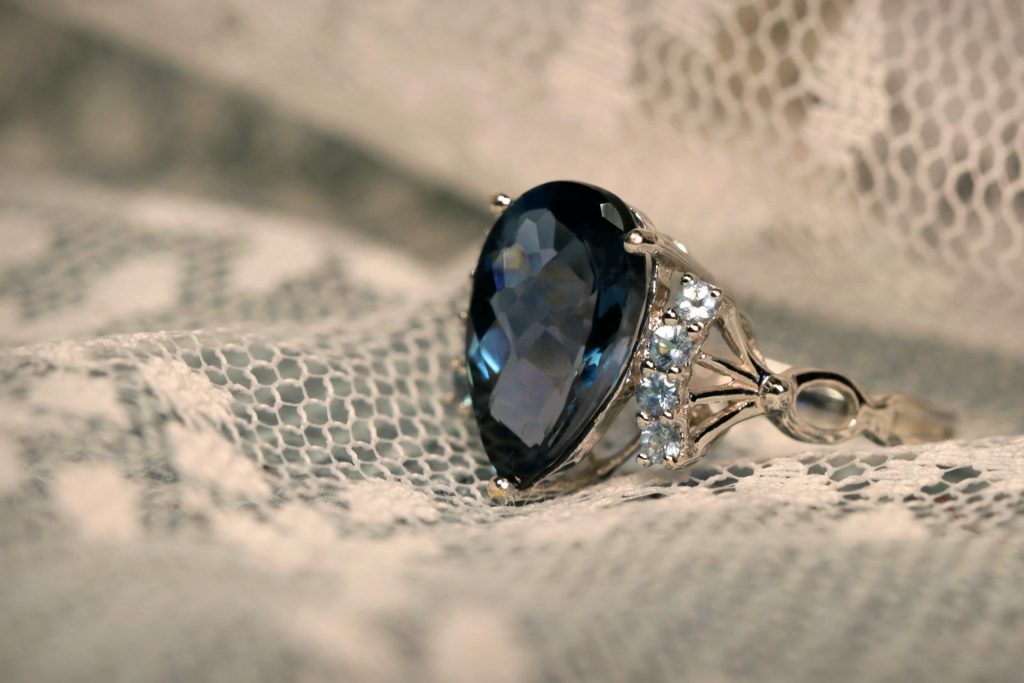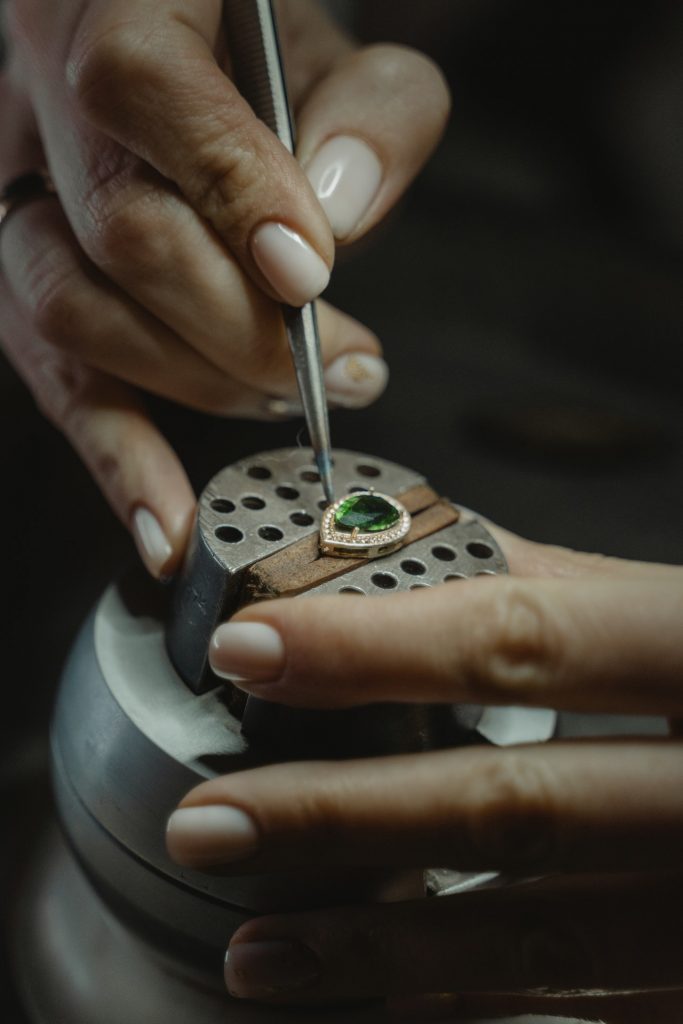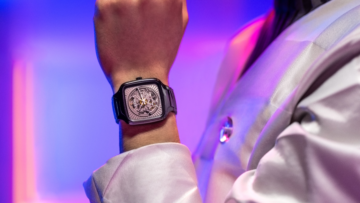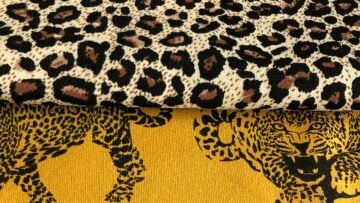When purchasing a gemstone, it is important to be aware of exactly what you are buying. The best way to do this is to know how gemstones are professionally valued. By having this knowledge, a collector can ensure that they are receiving exactly what is being advertised and that their gemstones are of the highest quality. Even fine gemstones such as diamonds and rubies come in differing levels of quality. In order to truly assess what a collector is buying they must be able to accurately identify the true value of the gemstone. Today, we will be answering the question ‘how are gemstones valued’ to ensure that everyone has the knowledge to select the highest quality gemstones for their own collection.
The 4 C’s
The most common way to assess the quality of a gemstone is using the four C’s. The 4 C’s refers to carat, colour, clarity and cut. These are the traits that must be assessed in a gemstone to gauge its true quality.
Carat
A carat is a measurement of weight when referring to gemstones. The carat is listed to the closest 1/100th of a carat. If a piece of jewellery contains more than one gemstone, then the total carat weight of the stones should be listed.
Jewellers and gem cutters will try to salvage as much of the stone as they can when cutting it. This effort is to maintain the highest carat weight possible. Stones that are frequently found in a larger rough form tend to be cut into more creative and imaginative shapes. However, more valuable stones, like rubies, will be cut with the original shape of the stone in mind to minimise wastage. It is important to note that due to their make up, different gemstones of the same carat weight will vary in size. Just because a stone is smaller does not necessarily make it less valuable, different gemstones will be valued differently. As a rule, a higher carat weight means a more expensive gemstone.
Colour
It is often said that colour is the most important factor in a gemstones value. Colour is divided into three sub categories: hue, saturation and tone. The hue refers to the actual colour of the stone. The saturation refers to how intense the colour is. It is the stones with the most intense colour that tend to be the most valuable. The tone, or tint, of the colour is the third way that colour is categorised. If the colour of a stone is too dark or too light, it will negatively affect its value.
A high quality gemstone may be more affordable if it has a less optimal colour, making this a good option for those on a budget. It should be noted that background and lighting can affect how the colour of a gemstone looks. When assessing the value of a gemstone, it should be viewed in multiple lighting conditions.
Clarity
Clarity is an assessment of inclusions and blemishes in the stone. Gemstones can have gas bubbles, internal fractures and cleavages. Although these small imperfections are common, it is important to assess the severity of them as significant ones can affect the durability and longevity of a gemstone. Inclusions tend to impact the value of coloured gemstones less than they do clear gemstones, such as diamonds. Diamonds are exposed to a more thorough assessment process than coloured gemstones. Some collectors enjoy seeing small inclusions in their jewellery as it makes them more unique. Collectors can easily check for inclusions themselves using only a bright light. The gemstone should be held over the light and the inclusions will be immediately visible.
Cut
The cut refers to the shape of the stone. It is important that the cut is carefully selected for each gemstone and its unique qualities. For example, diamonds are cut very differently to other gemstones in order to ensure that no light leaks and they have the highest brilliance possible. A detailed guide on different gemstone cuts can be found here.
If you are looking to add new gemstones to your own jewellery collection, click here to browse jewellery on our website.
What are your thoughts on our guide to answer the question ‘how are gemstones valued’? Do you feel more confident in assessing the value of gemstones? Let us know in the comments below!

